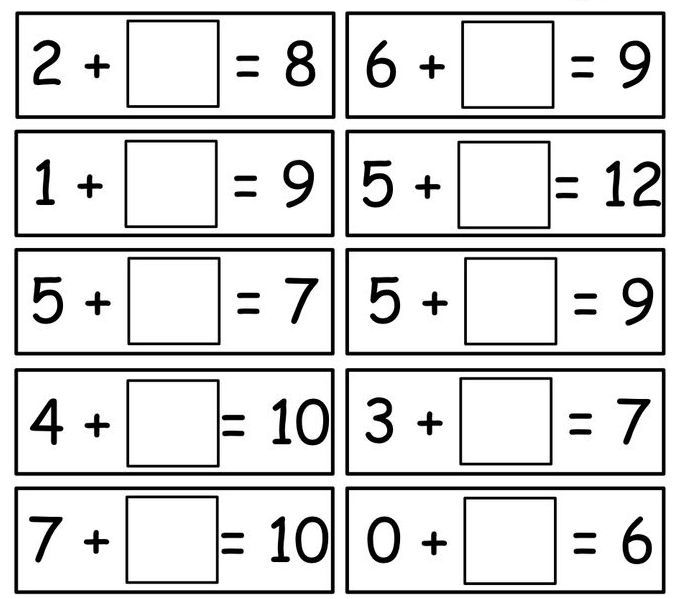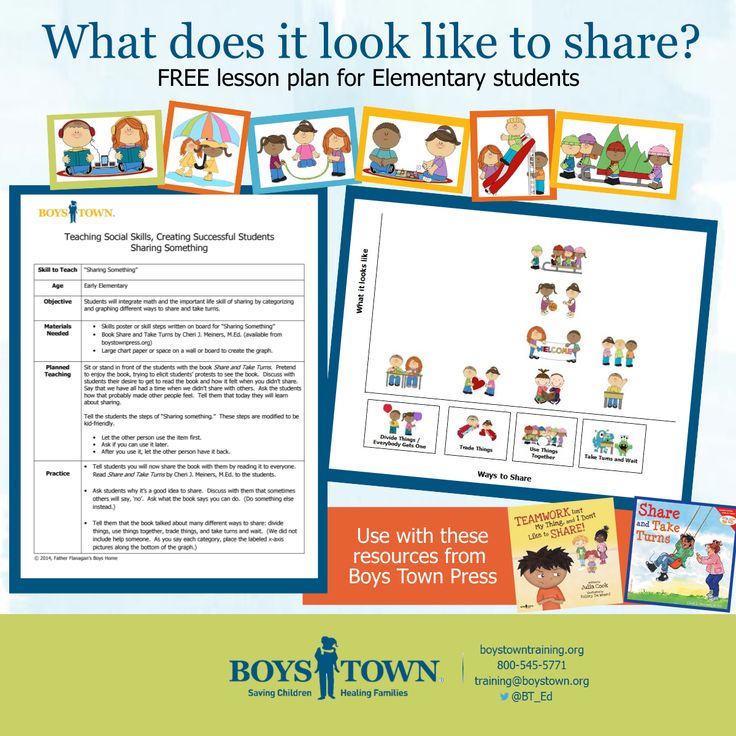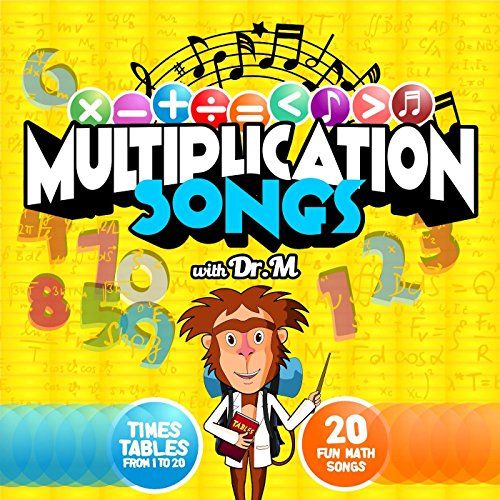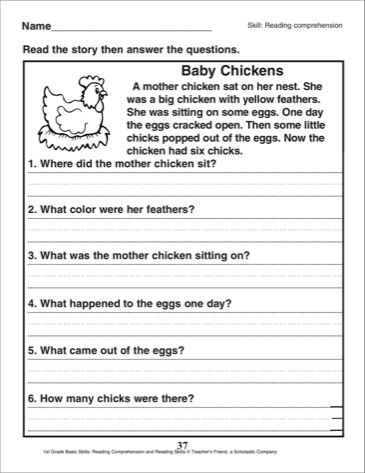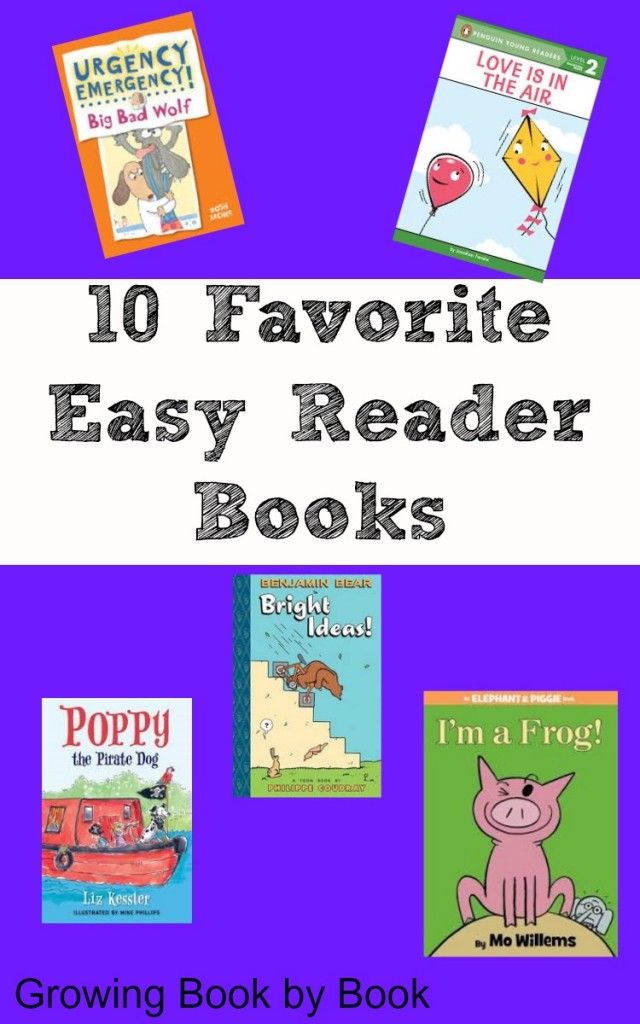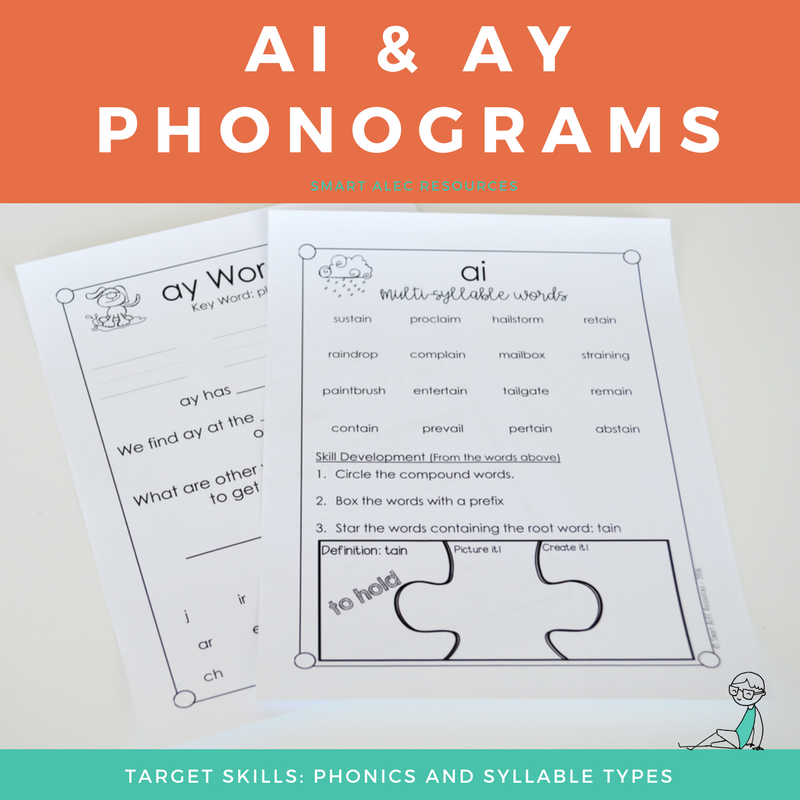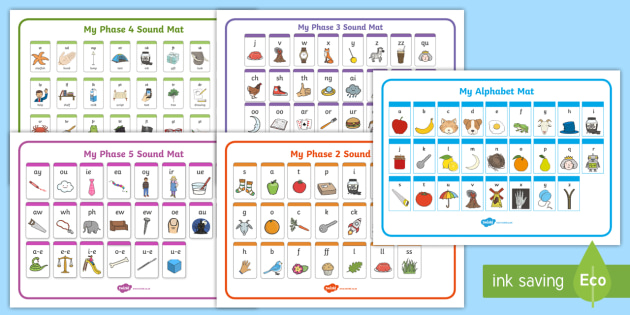Addition for first graders
Addition Games for 1st Graders Online
Frequently Asked Questions:
Q1: Why is learning addition important?
Ans: Addition is one of the four basic arithmetic operators without which one cannot imagine any calculation. Be it, finding total cost of some articles or just counting different group of people, counting objects or money; addition is everywhere.
Q2: What do first graders learns in addition?
Ans: First graders learn adding two one-digit numbers using various strategies.They learn to identify and form addition sentences in the form a + b = c; which they can solve mentally as well as by counting forward. Addition can also be done visually using number line.
Q3: How do you add two numbers?
Ans: Numbers can be added using various strategies. We can count on from first number to add. Numbers can also be added using number line, using fingers, on hundreds chart and mentally. If you want to add 4 + 3, start with 4 and count up 3 more as 5,6,7; the number you reach is the answer. Here, 4 + 3 = 7 is the answer.
Q4: What is simple addition?
Ans: Simple addition means adding small numbers in a simpler way. The easiest way is to count on to add the numbers. If you want to add two numbers,start from the first number and count on the second number of times. The number you reach is the answer.
Overview of the topic- Addition
The main purpose of early childhood education is to reinforce opportunities for learning and developing necessary skills. currently, even in the primary phase education, the educational pedagogies are completely based on instruction based or knowledge based learning, limiting the learning domain of the child.
Learning of mathematics should not be limited to imparting only the theoretical and factual knowledge with properly defined procedures and tasks to carry out; instead from the research standpoints, the overall aim of the mathematics curriculum should be the development of mathematical proficiency amongst the children.
This type of technique helps the child to connect with their immediate surroundings, developing his knowledge domain, for example, arithmetical operations; where the child applies appropriate mathematical skills in selecting right operations for problem solving, knowing when to perform addition or subtraction.
In the first 2-3 years of schooling, a child develops skills of identification and counting numbers till 1000. They are competent in ordering numbers on a number line. in grade 1 math focusses on extending the skill of counting numbers and identifying objects to sorting similar things in different groups and then summing them up together through proper and appropriate real-life settings.
The puzzle games and math worksheets focus on single digit addition, double-digit addition, the communicative property of addition, 2 digit addition with regrouping, number bonds etc. These funbrain games help the children to master the skill of simple addition without compromising on their playtime.
Math Addition
Addition definition: addition is the "putting together" of two groups of objects and finding how many in all. The concept of addition can be easily developed through hands-on experiences with countable objects or place value blocks.
Commutative property addition:
What is the commutative property of addition?
Look at the picture first:
Now, 7 added to 4 will be equal to 11 and so will be when 4 is added to 7. Thus, changing the order of addends does not change the sum. This is called the commutative property of addition.
Take another example
Here one important thing must be kept in mind that subtraction is not commutative in nature.
Let us understand more about it using commutative property of addition worksheets or online quizzes.
Addition Table
An addition table is a mesh of numbers that helps in adding single digit number. We can easily look for the result in the table.
Children can use this addition chart and learn to add natural numbers with its help.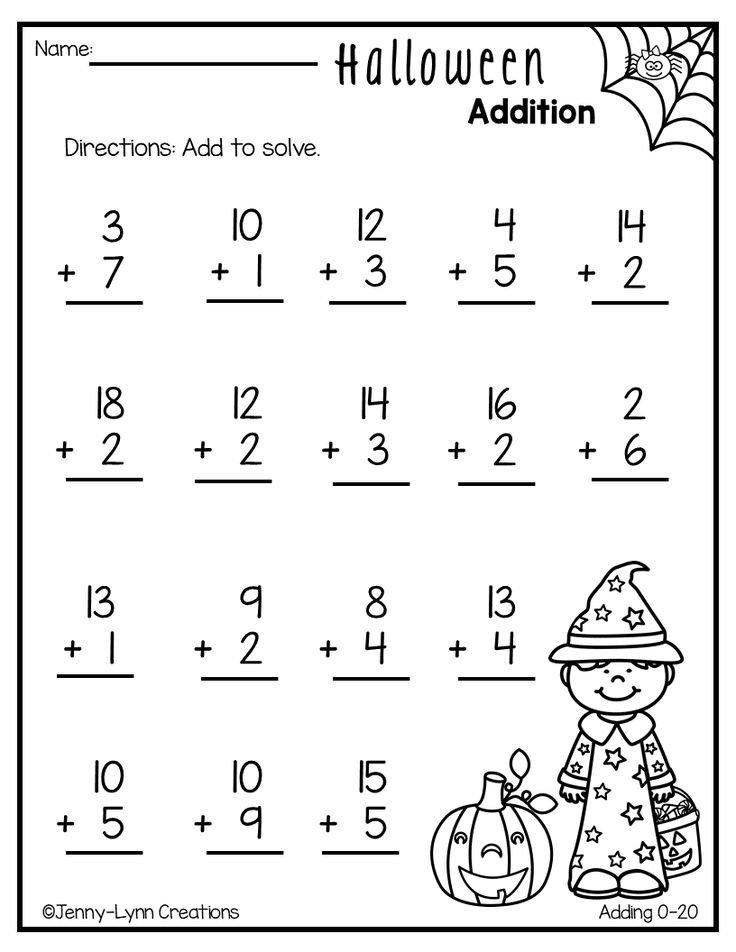
Number line method: adding whole numbers within 20
One of the math aid to solve math problems is the usage of the number line. A number line comprises a graduated straight line with whole numbers or integers marked on it at equal intervals. It is useful in addition and subtraction of numbers.
In grade 1 math, we will restrict ourselves only to whole number addition. how to add integers will be taught in grade 2 and grade 3.
Every point of a number line is a whole number. The starting point of the line is 0.
How to add numbers using a number line?
- Form a number line from 0-20, going from left to right.
- Now define a math problem, say add numbers 5 and 3.
Here 5 will be the first number and 3 is considered as the second number.
- Find the first number of your addition problem on your number line.
Put your finger there. In this example place your finger at 5.
Mark the number or encircle it.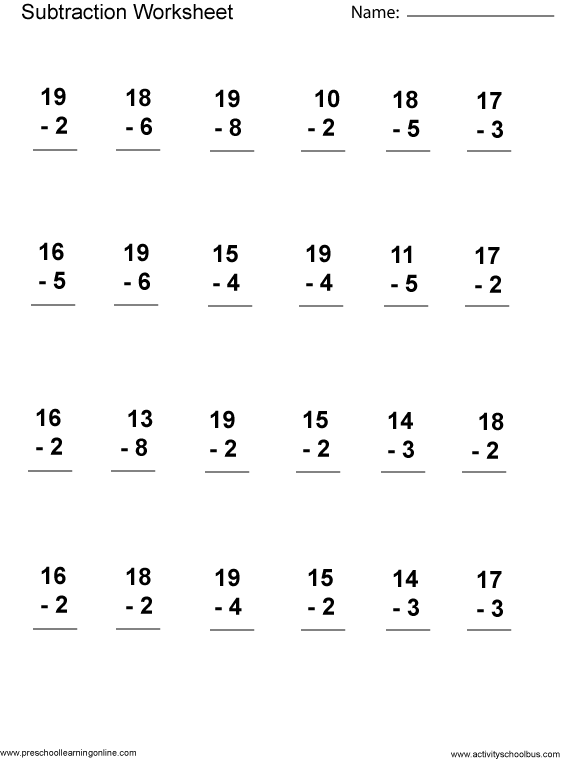
This is the point from where to start counting to add 3.
- Move your finger to the right to the next hashmark and number. You have now moved 1 space.
- Move your finger the same number of spaces as the second number in addition problem, then stop. This will make sure you end on the answer to your problem.
Don't move more spaces than the second number in your addition problem.
For example, if the second number in your math addition problem is 3, you will move 3 spaces. Our answer is 8.
Math Addition Games for Kids
Mathematics is primarily taught to develop the power of thinking and reasoning. Learning of mathematics is entirely based on cognitive processes such as analysis, synthesis, induction, deduction, elimination of possibilities etc.
While designing educational games on an addition for grade 1 children, Robert Mager’s approach was the focal point. According to him, it is important to define objectives of learning in terms of behavioral changes that are expected in the child at the end of the lesson.
Children are often taught to know how to add, subtract, multiply and divide, but may still be unable to decide which to do when faced with a real problem. The major goals of these fun games for kids are to stimulate child’s mathematics task motivation, build up self-concept by involving them in solving simple everyday math problems that apply to real life. This also facilitates their growth from one level to another level of education. online math problem solvers and learning games are a great way to develop a foundation for math skills playfully and are in alignment with the core curriculum.
Teaching addition through simple manipulative
1. Loading the truck to Mississippi: Single Digit Addition Game
Ronald is shifting to Mississippi with his family. They need to load their cargo in the trucks. Help him in doing so.
Ronald has packed his stuff in different colored boxes. The boxes are loaded into color coordinated trucks. Count the number of similar colored boxes loaded in each truck.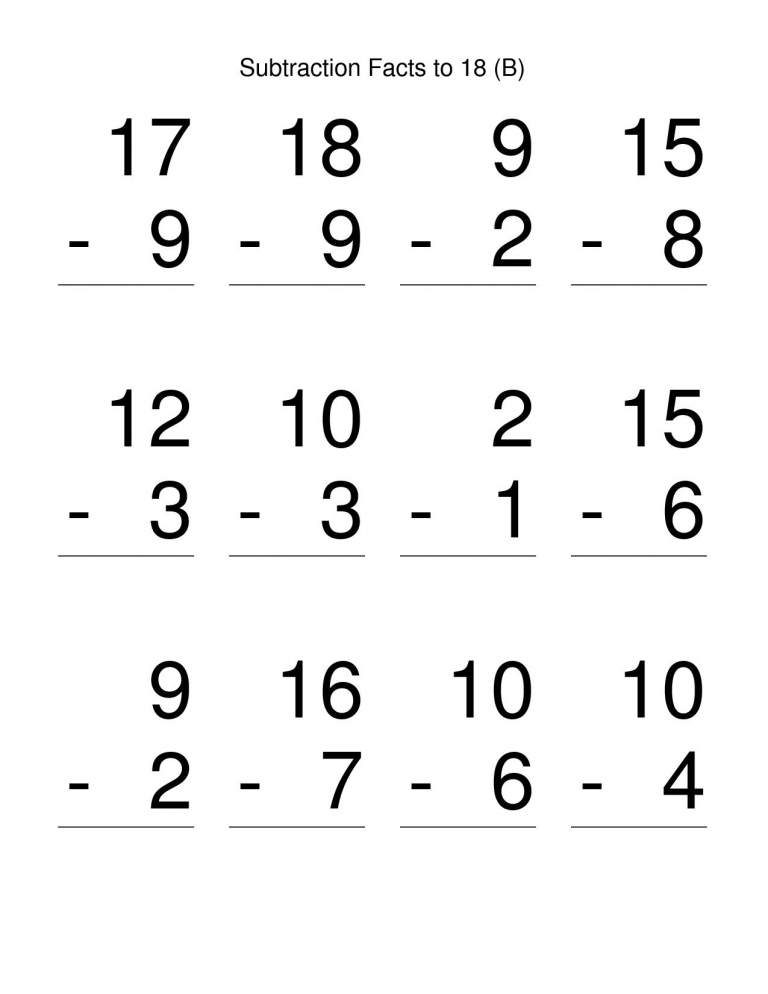
Write its value in the circles provided. The third truck is named the sun truck.
Now add the numbers in both the circles and write the sum in the square box. Now place these many boxes into the sum truck.
The key features of this online educational game for kids are:
- It is appropriate for kids in the age group 3-6 years.
- It’s a great math application to learn and practice the concept of addition along with color coordination for kids of grade 1.
- This grade 1 addition game make the study of addition interesting and purposeful.
- Children are acquainted with problem solving and computational skills.
- the children count the correct number of boxes loaded in each and write it in the box provided.
- They then add the total number of boxes in both the trucks and drag these many boxes and load the sum truck.
2. Bunny hops
Its Easter time and everyone is blooming with joy and celebrations.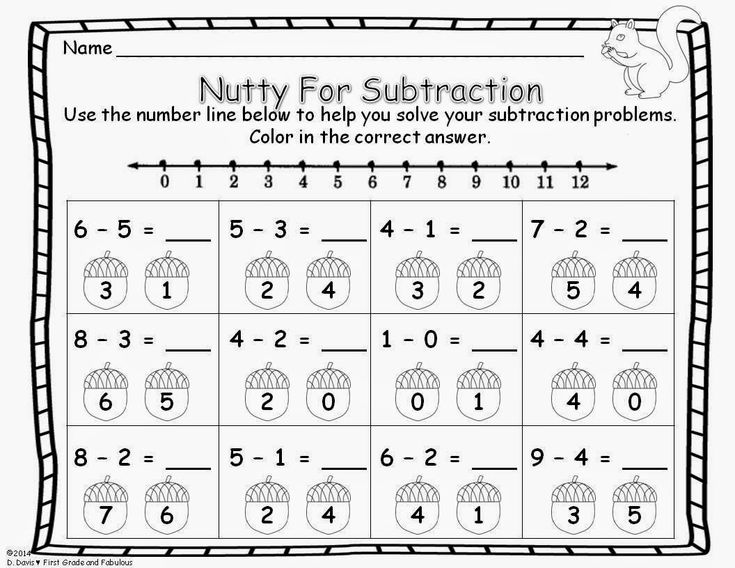 But our little Booso the bunny is unhappy as he has not finished the task of collecting enough Easter eggs for the celebrations.
But our little Booso the bunny is unhappy as he has not finished the task of collecting enough Easter eggs for the celebrations.
Please help him in doing so.
Count the number of eggs in each basket by choosing the correct number given below. Add the total eggs in both the baskets and place the total count from the list of numbers given below.
The key features of this online math educational game for kids are:
- It is appropriate for kids in the age group 3-6 years.
- It’s a great math application to learn and practice the concept of addition for kids of grade 1.
- It is a simple double digit addition math game.
- the game features a bunny rabbit shows the way to a garden full of Easter eggs and baskets, where children learn and practice addition concept.
- the children identify the correct number of images and then drag these numbers to the correct blocks.
3. Communicative property of addition game: Swapping the Flags
Match the numbered flags from the appropriate boxes and drag them to its place.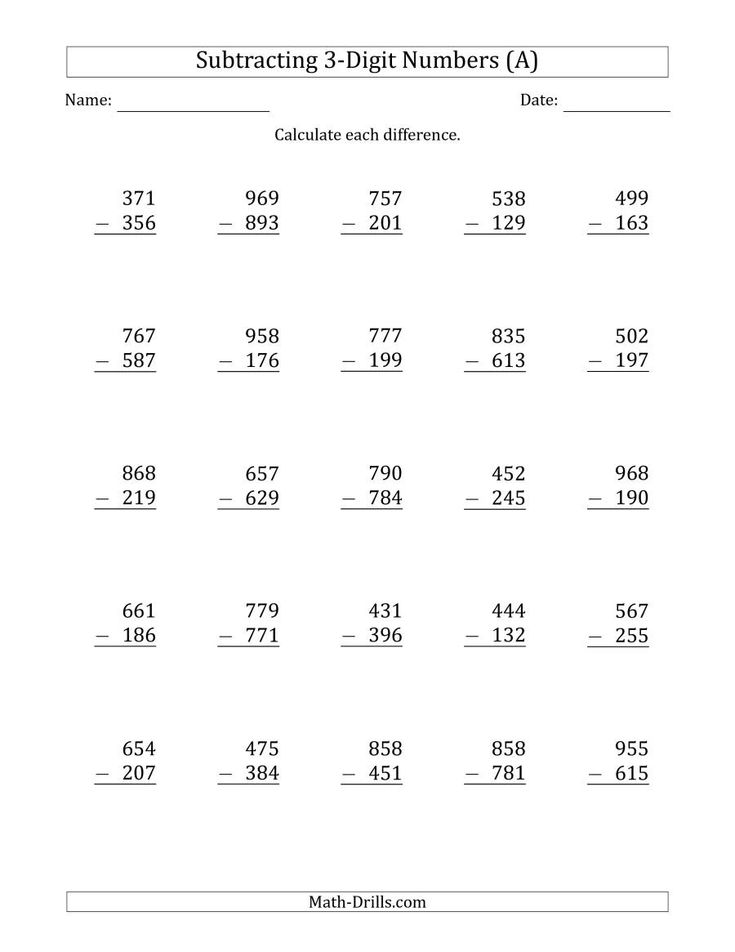
4. 2 digit addition with regrouping
This math worksheet/math activity is based on double digit addition without carrying. The children sum up the digits individually and write the answers in the space provided.
If the answer is correct then they get a chance to untie the balloon with the same number written.
5. Addition with number line: Single Digit Addition
using number line in single digit addition.
6. Frog hop: Commutative Property of Addition with Number Line
Fergus, the frog is playing with its friends in the pond. They start playing a hopping game.
Move the frog on the numbers lotus leaves as the addition word problem is displayed on the screen.
7. Make the Fergus jump 4 steps + 3 steps
Where did Fergus land? ________
Now make the Fergus jump 3 steps first and them 4 steps.
Where did Fergus land? +________
This means:
8.
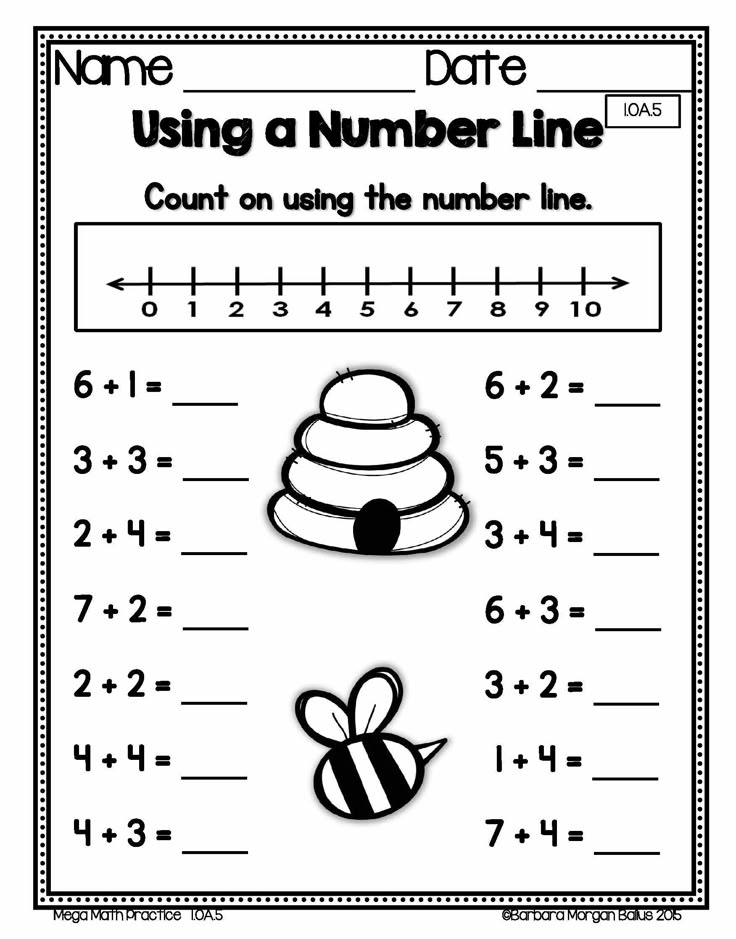 Game play with number lines: This is an easy math game that can be played with a dice.
Game play with number lines: This is an easy math game that can be played with a dice.Hand over flash cards with drawn number lines to the children.
Now roll the dice and ask them to add numbers using a number line.
9. Missing Addend Worksheets
10. Missing addend game: Associative Property of Addition
About SplashLearn and math worksheets
The expert at SplashLearn design the core curriculum based single digit addition worksheets, addition with regrouping worksheets, addition without regrouping worksheets and online addition games for the kids required for developing the necessary the cognitive skills. These acquired skills help the child to apply the concepts learned to real life problems and situations.
The fun addition games and simple addition worksheets designed by the experts are age appropriate and help in stimulating the curiosity and develop an interest in math education.
The SplashLearn lab activities help the child to explore mathematical ideas by doing.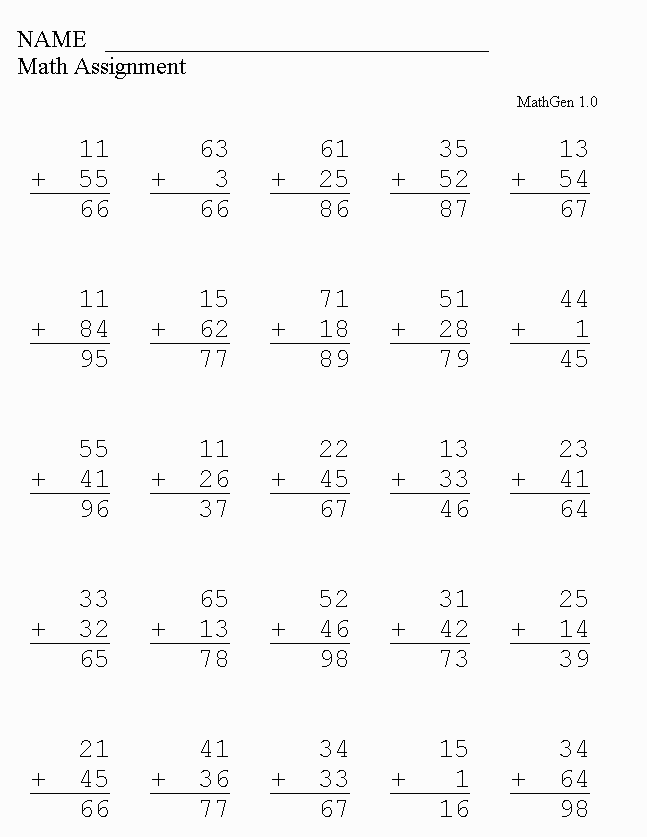 It emphasizes on the heuristic approach of learning.
It emphasizes on the heuristic approach of learning.
Engaging yourself and your child in SplashLearn programs helps your child to develop math educational skills and important life skills to deal effectively with the demands and challenges of this competitive world while having fun.
1st Grade Math Worksheets
Rich with scads of practice, the CCSS aligned printable 1st grade math worksheets with answer keys help kids solve addition and subtraction problems within 20, extend their counting sequence, understand place value and number systems, measure length and compare sizes, tell time, count money, represent and interpret data, and know the attributes of 2D and 3D shapes in geometry. Our free math worksheets for grade 1 kids give you a peek into what's in store!
All
Addition
Subtraction
Patterns
Counting
Place Value
Number System
Measurement
Time
Money
Data & Graphs
Geometry
Explore 2,200+ First Grade Math Worksheets
Counting and Adding Pictures
The pictures in two groups present a fascinating array of addition equations for 1st grade kids.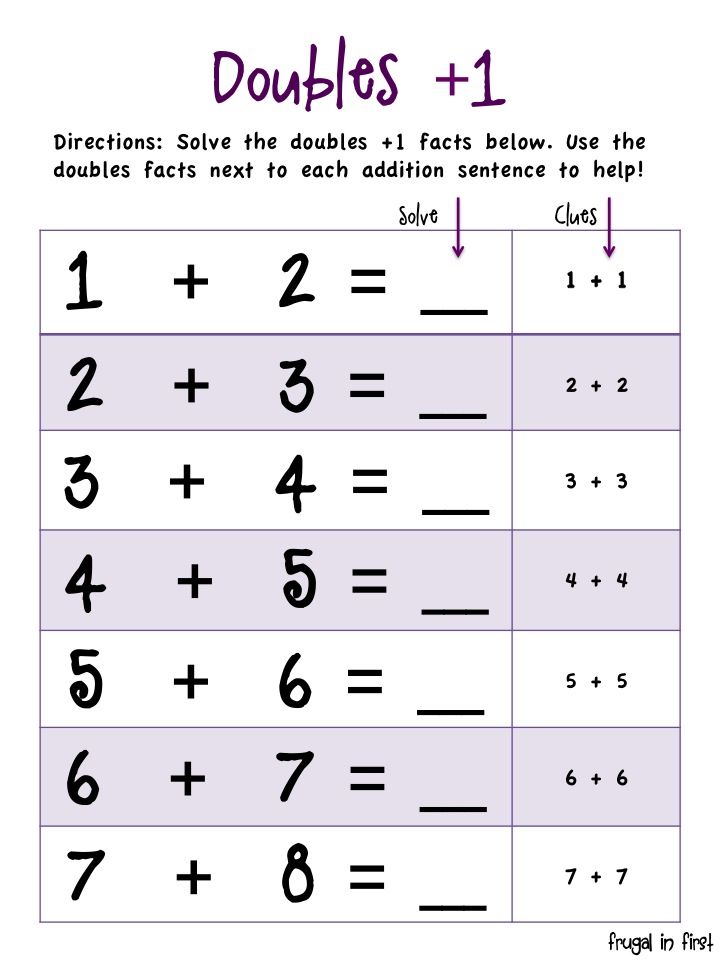 Count the pictures in the two groups separately, and then combine the two to find the total number.
Count the pictures in the two groups separately, and then combine the two to find the total number.
Subtracting on Number Lines | 0 to 10
Get the little hoppers to draw hops on the number lines in these printable grade 1 math worksheets and complete the subtraction equations involving numbers up to 10.
Identifying the Next Picture in a Repeating Pattern
Develop pattern awareness in kids with this set of pdf worksheets. Study the pattern, identify the pattern's core or terms that repeat in the same order and make a logical prediction of what comes next.
Reading and Writing Numbers from 1 to 25
Fluency with numbers is vital in first grade math. Task kids to look at the top of this printable chart, identify and read the numbers from 1 to 25 repeatedly, and copy them to complete the table.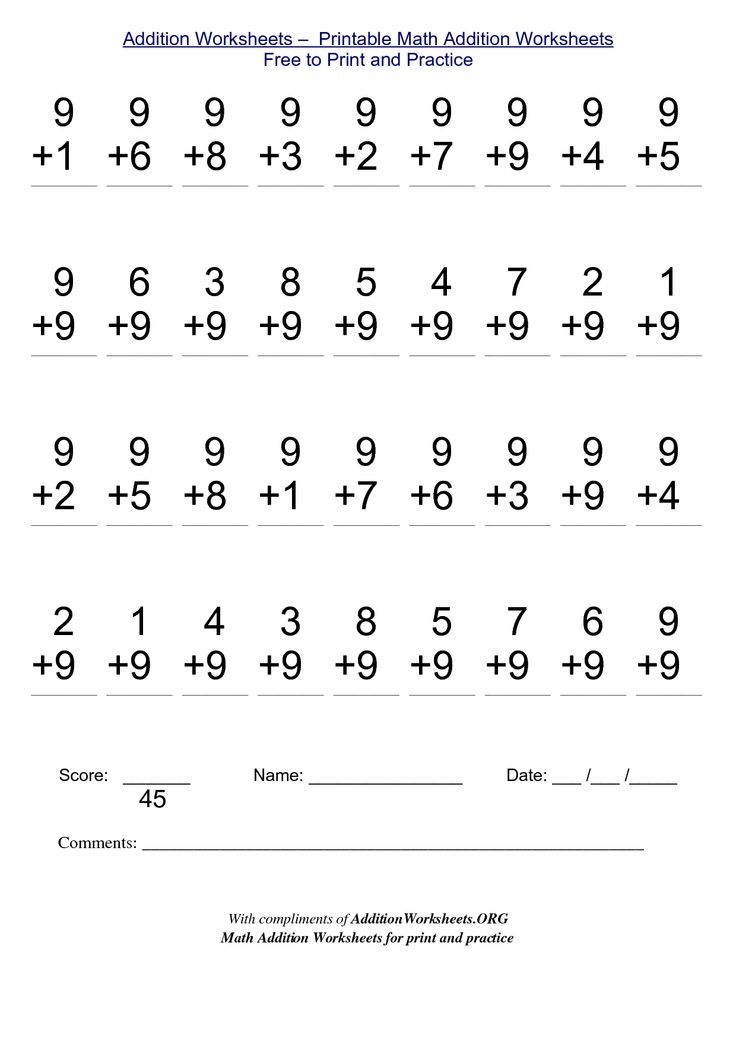
Base Ten Blocks | Tens and Ones
Visualizing numbers is easy with place value blocks or base-10 blocks. Get kids to count the units and rods in the base-10 blocks and write the base-10 numerals.
Identifying Greater and Smaller 2-Digit Numbers
Cracking these 1st grade math worksheet pdfs is a true measure of your place value skills. Compare 2-digit numbers using symbols in Part A. Circle the greater number in Part B, and the smaller number in Part C.
Ordering Objects from the Shortest to the Longest
Arranging objects of three different sizes from the shortest to the longest, numbering them 1, 2, and 3 respectively, is all that is expected of grade 1 kids.
Telling Time | Hourly Increment
With these pdf math worksheets for grade 1 kids at your disposal, the time is ripe to practice reading clocks to tell the time in whole hours, and choosing the clock face that depicts the specified time.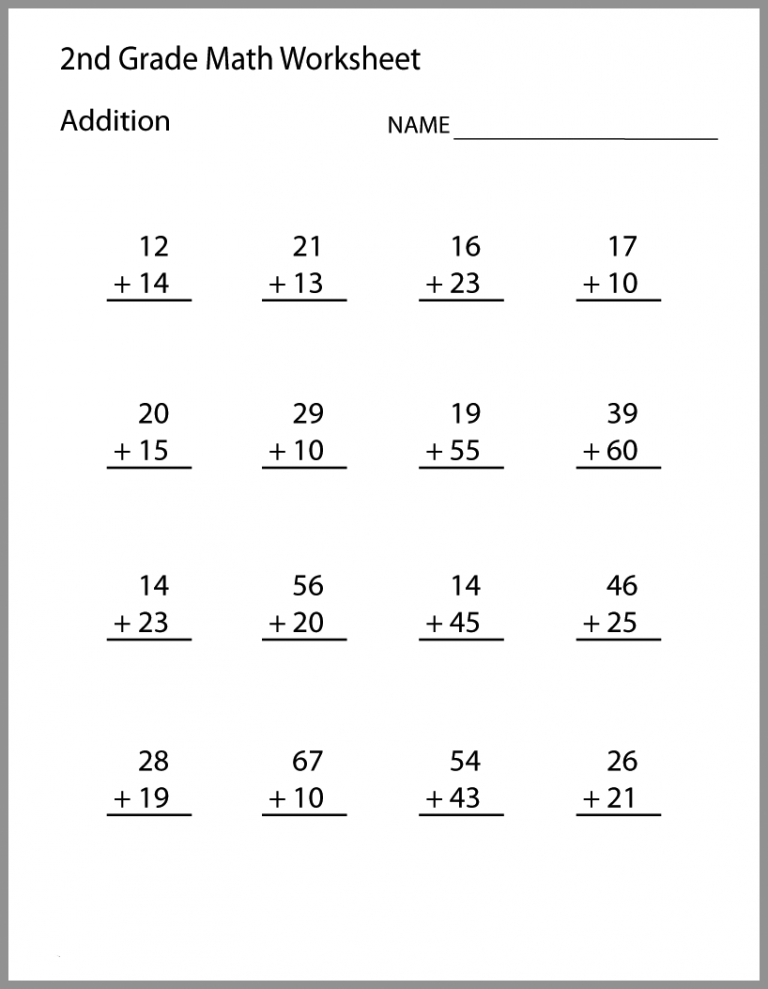
Counting Dimes
Develop skills in counting the dimes and expressing the amount in dollars, trading dimes for dollars, and converting between them in word problems with this compilation of first grade math worksheet pdfs.
Counting Tally Marks
Let's travel back in time and practice counting using tally marks. First grade kids have a blast reading and counting each set of tally marks and writing the value it represents.
Identifying 2D Shapes | MCQ
Can the little architects of grade 1 distinguish between a rectangle and a square? Watch them recognize the two-dimensional figures and check the appropriate option that best describes each.
Number Line Addition | 0 to 10
This stack of 1st grade math worksheets has pre-drawn hops on the number lines. The starting-point of the hops, and the number of hops are the two addends and the endpoint is the sum.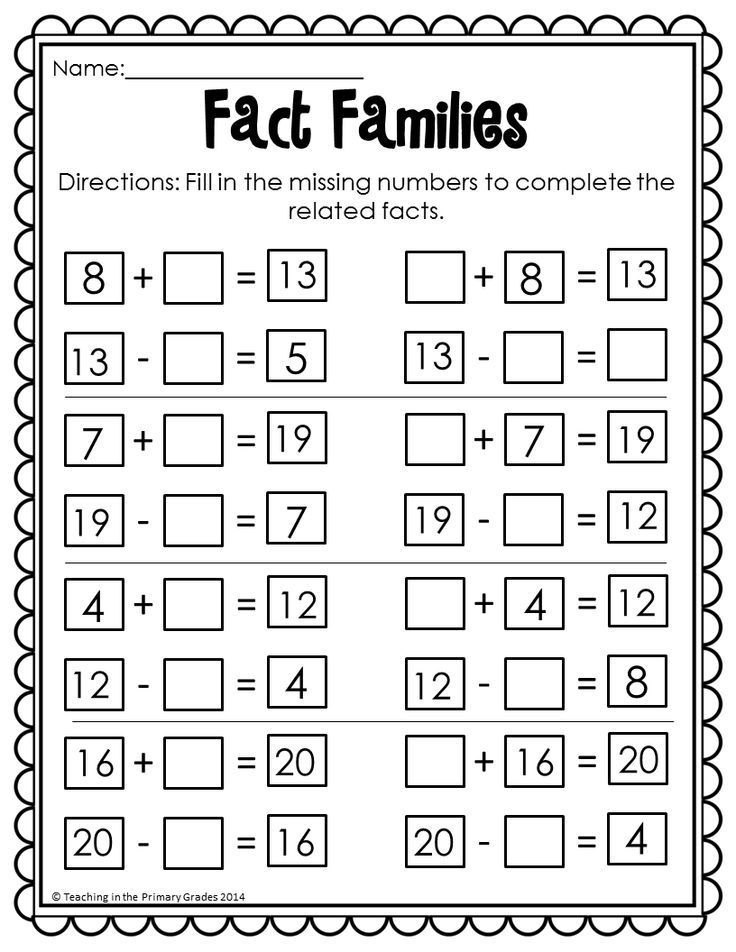
Writing Subtraction Equations from Number Lines | 0 to 10
Examine the hops on the number line; identify the minuend, subtrahend, and the difference. Once this is done, completing the subtraction sentence is not a hard nut to crack!
Repeating Patterns | Cut and Glue Activity
Add a spark of fun with repeating picture patterns in this bundle of printable math worksheets for 1st grade kids. Comprehend the pattern, cut out the graphics and glue the one that comes next in order.
Display Chart - Numbers 1 to 25 | Theme based
The crawling number snails get kids to instantly memorize numerals from 1 to 25. This show-and-tell chart comprising snails-shells inscribed with numbers is a compulsive-print.
Next »
useful sites for elementary school children
True Words website
True Words is an educational site for first-graders and not only. Used to test knowledge of the Russian language. In addition to practical tasks, there is also theory - no need to look elsewhere. The site makes it easy to track progress. For the first graders, the Easier than Easy course is a great addition to the main educational process.
Used to test knowledge of the Russian language. In addition to practical tasks, there is also theory - no need to look elsewhere. The site makes it easy to track progress. For the first graders, the Easier than Easy course is a great addition to the main educational process.
Skazbuka application
A useful site for elementary school students — here the kid can learn reading, math and English. The interface does not strain the eyes, and the tasks are divided according to the age scale. The advantage of a convenient function: using the limit, you can limit the time that the child spends in the application.
App for first graders available for iOS and Android.
Application "Math and logic for children"
This application for elementary school children was developed in collaboration with teachers and psychologists. Includes small games that are aimed at developing thinking, logic, geometric imagination and counting skills. Just what first graders need! Available for iOS.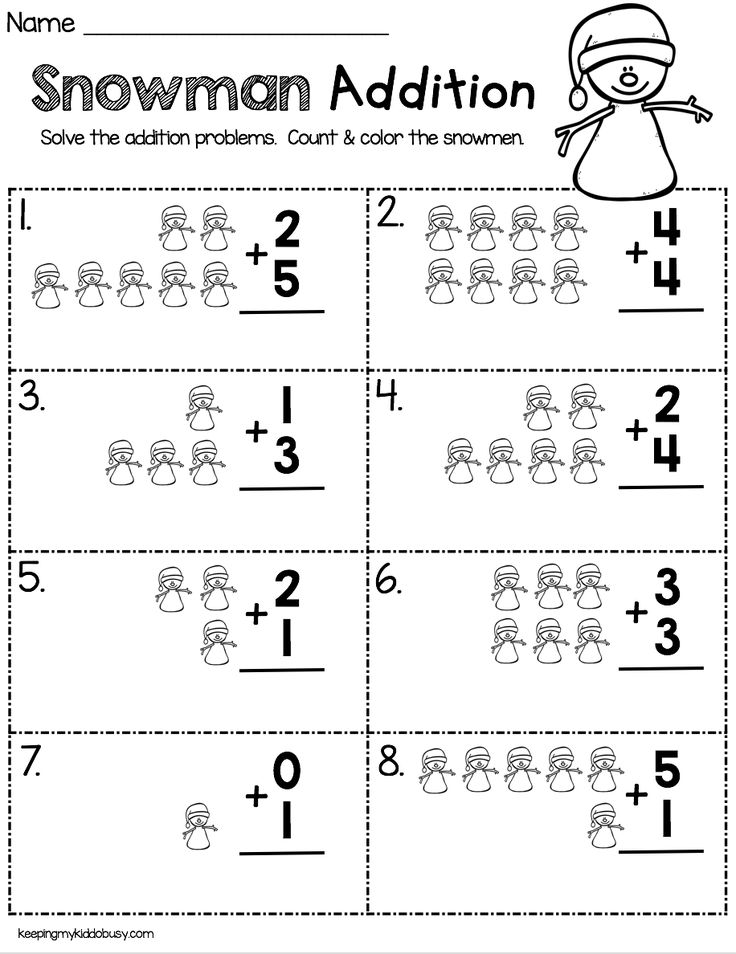
<
Nambi App
The app has over 1,000 fun math problems that fit the first grade school curriculum. You need to bathe the monsters, help the llama climb the rock, launch the dachshund into the air and feed the birds with cookies while studying mathematics. The app for first graders is available for iOS.
Bubl Draw application
An unusual application that will develop the creativity of the baby: here you can draw and compose music at the same time. Each color sounds differently and changes tone depending on the shape of the picture. Perhaps this will make it easier for parents to choose an additional section - you will find out what the child likes best. Available for iOS.
Learn English Kids website
This educational site for first graders and all children who are just starting out in English is developed by the British Council, the international organization representing the UK in the field of culture and education.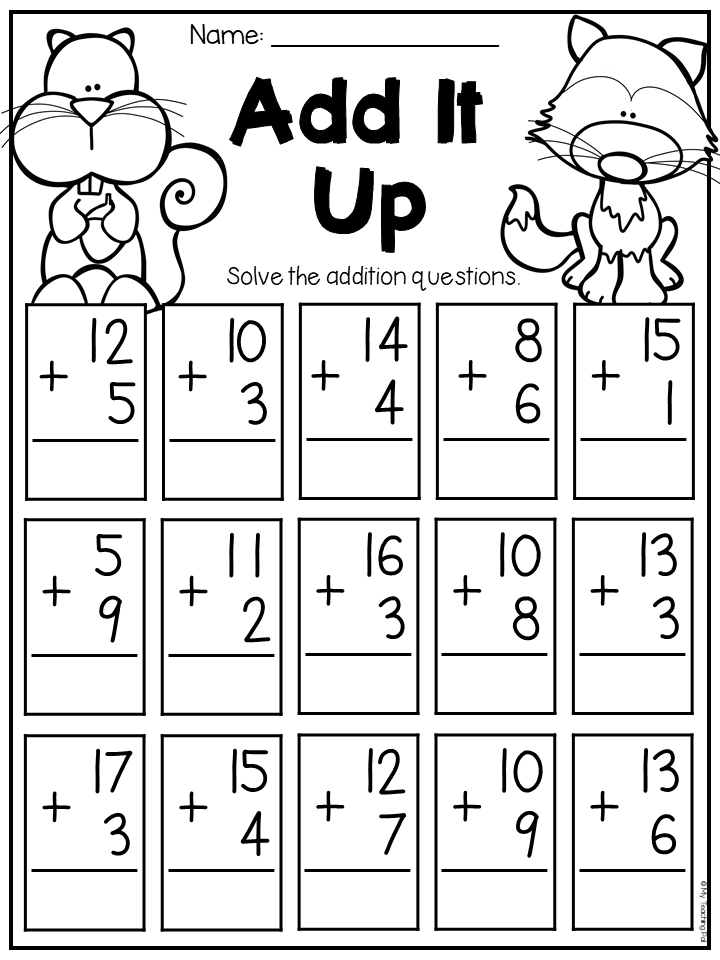 On the site, kids can listen to songs, watch cartoons, play educational games and much more.
On the site, kids can listen to songs, watch cartoons, play educational games and much more.
Memory Trainer application
Application for everyone who wants to train their memory. You need to memorize pictures and choose them from many others. With each step, the number of pictures grows, and the game becomes more difficult.
This educational application is suitable for Android.
Foxford Elementary School
It's good to have separate educational resources and apps for first graders to work on specific subjects and fill in gaps. But if a first grader needs comprehensive online learning, Foxford will come to the rescue!
Foxford Elementary School is an interactive online learning experience for grades 1-4. The child will be able to master the school curriculum in real time: at the appointed time, students gather on the platform and watch the webinar. No need to go anywhere and waste time on the road!
In grades 1-2, parents are present at the lessons with their children in order to immediately receive methodological recommendations and help the young student write his question in the chat. And in grades 3-4, children can already interact with teachers themselves, and separate methodological webinars are held for parents.
And in grades 3-4, children can already interact with teachers themselves, and separate methodological webinars are held for parents.
<
Education includes all the subjects required in the primary grades:
- Russian language and literary reading (in grades 1-2 these subjects are combined into one - literacy),
- mathematics,
- the world around,
- English,
- algorithms.
Classes are taught by teachers whose average teaching experience is 15 years. They know how to interest children and find an approach to everyone.
Students and parents are provided with the materials they need to succeed in their studies. Also, the class teacher is always ready to help kids and parents. And during the school year, a psychologist, speech therapist and other qualified professionals hold webinars for parents, where you can ask questions and get recommendations.
<
Suitable for Foxford Elementary School
- Those who are willing to attend first and second grade with their children.
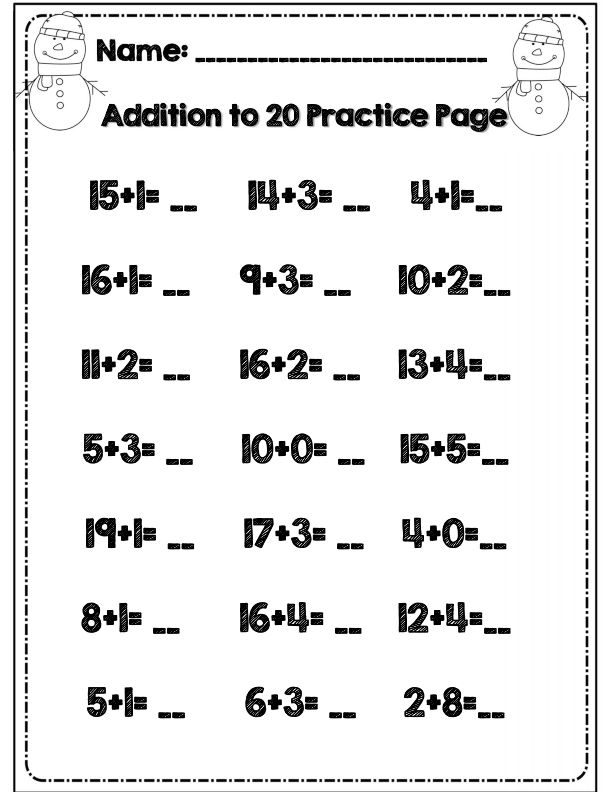
- Those who want to build an individual learning path for their child from the first grade and learn what is interesting.
- Families who often move or live abroad but want their children to have a Russian diploma.
- For those with poor health or traumatic experience in regular school.
Use online resources to make learning more modern and efficient. And for a full-fledged education, come to Foxford Primary School.
Reception of first-graders
Reception of first-gradersReception of first-graders
Accessories, required for classes in the 1st grade (.docx)
Order on assigning territorial plots to budgetary general education institutions of the city of Omsk (.pdf)
Order on assigning territorial plots to budgetary general education institutions of the city of Omsk (addition)(.docx)
Enrollment order in first class for the 2020-2021 academic year from 02/13/2020 (.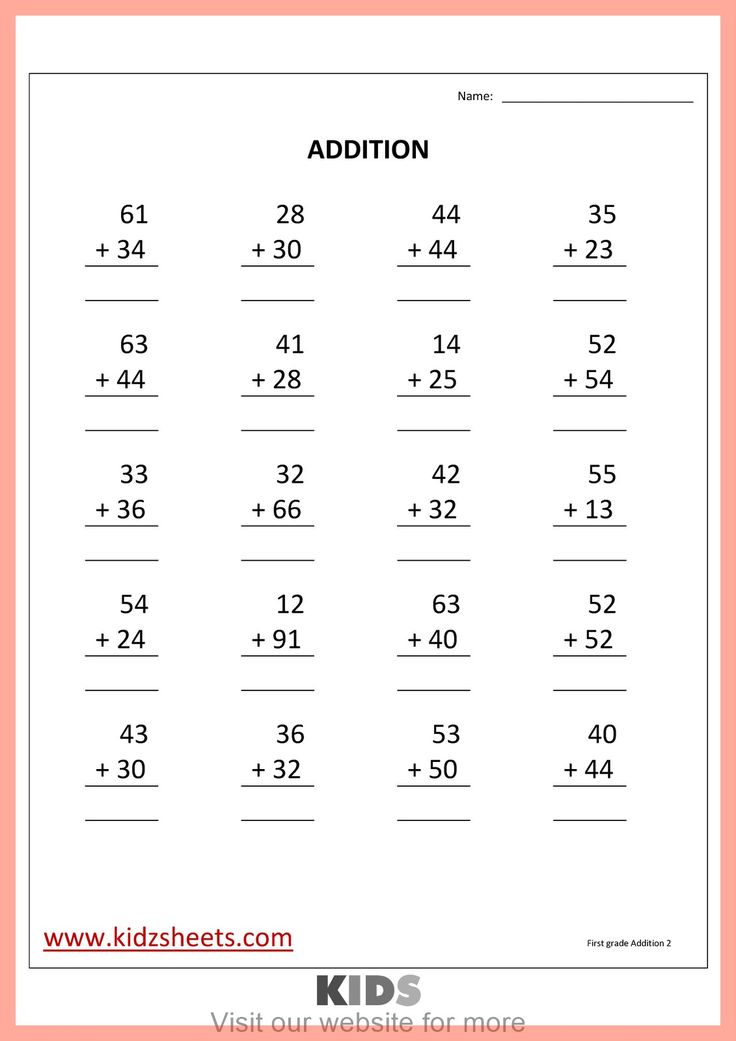 pdf)
pdf)
Enrollment order in first class for the 2020-2021 academic year from 02/19/2020 (.pdf)
Enrollment order in first class for the 2020-2021 academic year from 03/06/2020 (.pdf)
Enrollment order in first class for the 2020-2021 academic year from 03/19/2020 (.pdf)
Order on enrollment in the payroll of the 1st grade for the 2020-2021 academic year (.pdf)
Dial plan execution to 1st grade in 2020
| Dial Plan | Number of occupied places | Number of available places |
| 100 people | As of 20.03.2020 | As of 20.03.2020 |
| 100 | 0 |
AD
Dear Parents future freshmen!
Saturday 25 January 2020 at 10:00 in the assembly hall of the BOU of the city of Omsk "Medium secondary school No.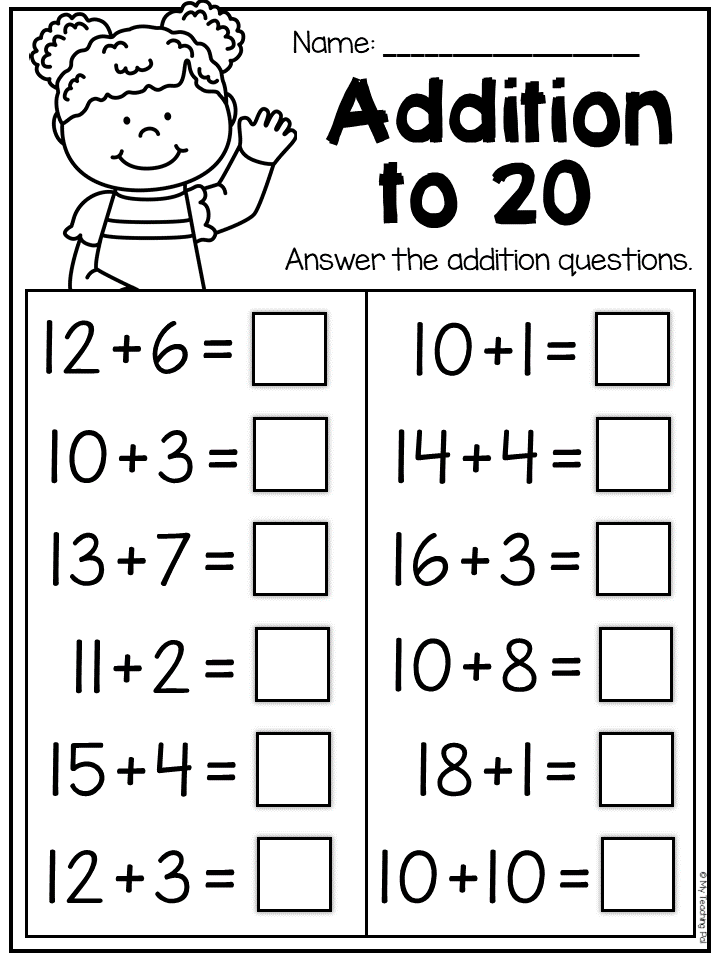 162 "will hold a parent meeting of future first graders. At the meeting you will receive information about the organization of training in 1 class of our school, get acquainted with the teachers of the 1st grade of the 2020 recruitment.
162 "will hold a parent meeting of future first graders. At the meeting you will receive information about the organization of training in 1 class of our school, get acquainted with the teachers of the 1st grade of the 2020 recruitment.
Administration
1st grade enrollment plan in 2020
| 1 A | 1 B | 1 B | 1 G |
| 25 people | 25 people | 25 people | 25 people |
Information for parents on the admission of children to the 1st grade
At admission to the 1st grade from February 1, 2020, the following order is taken into account enrollment:
1. Children, having an extraordinary right to enroll in an institution residing on territory assigned to the institution.
2. Children having a priority right to enrollment in an institution residing on territory assigned to the institution.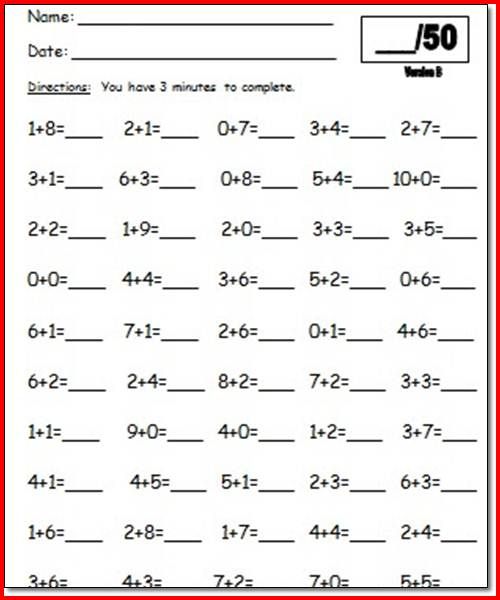
3. Children, having a preferential right to enroll in an institution without taking into account the fixed after the establishment of the territory (children whose brothers and sisters are already studying in institution).
4. Children, living in the territory assigned to the institution.
From July 1 admission to vacant places in the institution is carried out in accordance with the Procedure. If you have any questions, please contact the Department of General Education of the Department of phones 20-12-97, 20-09-59.
Class teachers:
1 A - Shershneva Tatyana Valerievna
1 B - Vanyusheva Marina Vladimirovna
1 V - Slinkina Maria Alexandrovna
1 G - Luchina Elena Viktorovna
UMC: "Perspective elementary school", "Schools of Russia".
Dear parents of future first graders!
Important information about admission first grade in 2020.
Parents of future first-graders (.ppt)
From January 31, 2020, Omsk Public Educational Institution starts accepting applications in the 1st the class of children registered in the assigned territory.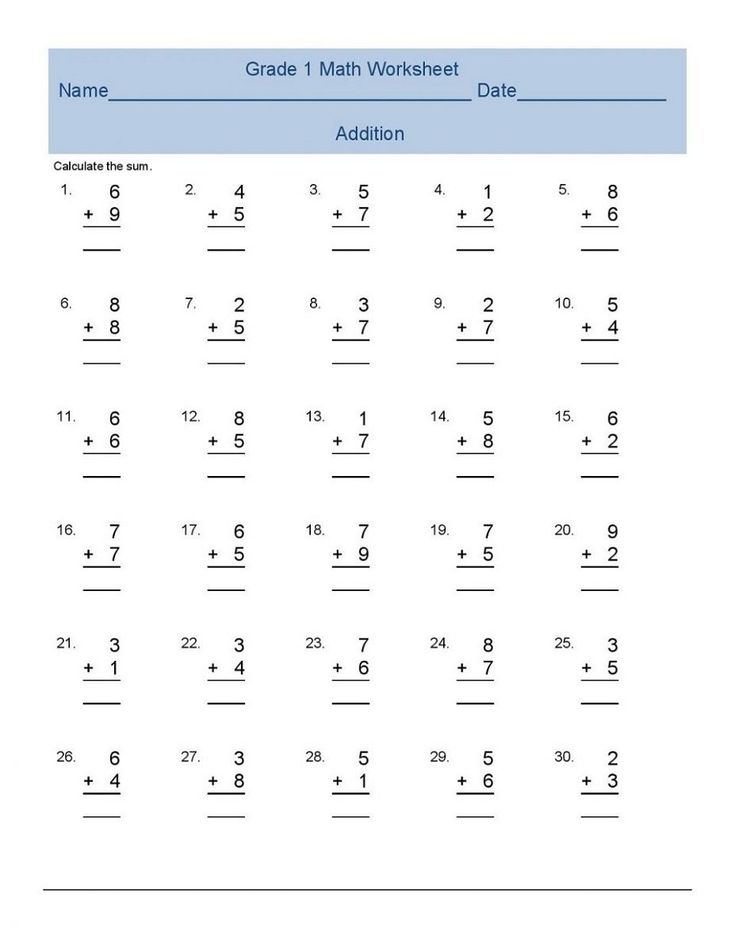
The time for receiving applications is from 09.00 to 16.30, a break - from 13.00 to 14.00
Since January 24, 2020, the educational institution has organized advice on admission to the 1st grade, contact the deputy. directors Alekseeva E.A. daily, except Saturday and Sunday, from 16.00 to 17.00.
You can get advice by phone: 44-32-09.
We remind you! The admission of citizens to the Omsk Public Educational Institution is regulated by the following documents:
- Art. 67 of the Federal Law "On Education in the Russian Federation";
- by order of the Ministry of Education and Science of the Russian Federation dated 22 January 2014 No. 32 “On approval of the procedure for receiving citizens for training in educational programs of primary general, basic general and secondary general education”;
- By order of the director of the department of education of the Administration of the city of Omsk dated January 17, 2020 No. 3 "On the consolidation of budgetary general education institutions of the city of Omsk outside the territorial areas.
Acceptance of applications for the first class of children registered in the assigned territory, begins no later than February 1 and ends no later than June 30 of the current year. Enrollment in the list of first-graders to the institution is issued by order of the head of the institution within 7 working days days after receipt of documents. Orders are placed on the information stand institutions on the day of publication.
1. For children not registered in the assigned territory, admission applications for the first class begins on July 1 of the current year until the completion free places.
2. Admission of persons to institutions of all types is carried out without entrance tests (selection procedures).
3. Parents of children registered in the assigned territory may be refused admission to the institution only because of the lack of free places (the director of the BOU puts a “visa” on the application)
4. Admission of citizens to the institution is carried out on a personal application parents (legal representatives) of the child upon presentation of the document, certifying identity.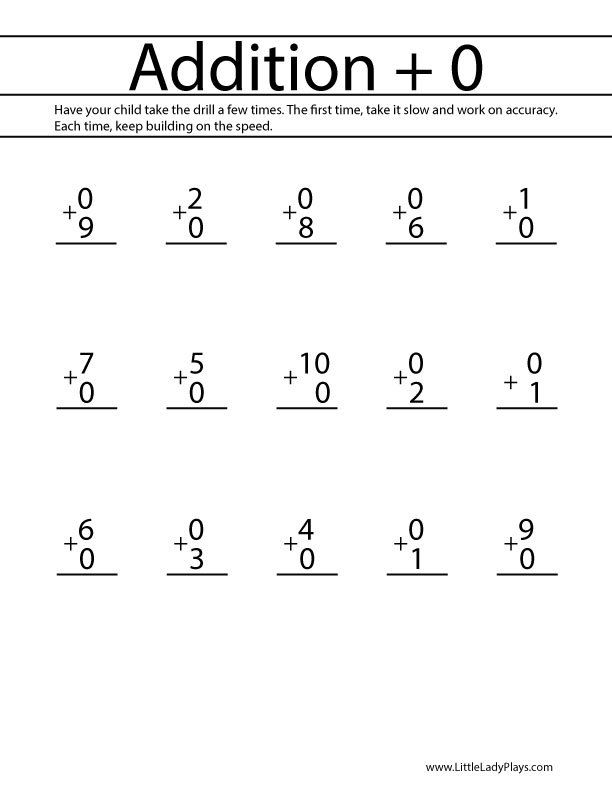 Parents (legal representatives) of the child present original and photocopy of the child's birth certificate, original and photocopy certificates of registration of the child at the place of residence or at the place of stay in the assigned territory or a document containing registration information child at the place of residence or at the place of stay in the assigned territory. Parents (legal representatives) of children have the right at their discretion submit other documents, including a medical report on the condition child's health.
Parents (legal representatives) of the child present original and photocopy of the child's birth certificate, original and photocopy certificates of registration of the child at the place of residence or at the place of stay in the assigned territory or a document containing registration information child at the place of residence or at the place of stay in the assigned territory. Parents (legal representatives) of children have the right at their discretion submit other documents, including a medical report on the condition child's health.
5. In the institution, the children's documents are registered in the reception log statements. Parents are issued a receipt for receipt of documents.
6. When admitting to vacant places citizens who are not registered in the assigned territory, citizens have the priority right, entitled to priority placement in an institution in accordance with with the legislation of the Russian Federation and regulatory legal acts constituent entities of the Russian Federation (Federal Law of February 7, 2011 No.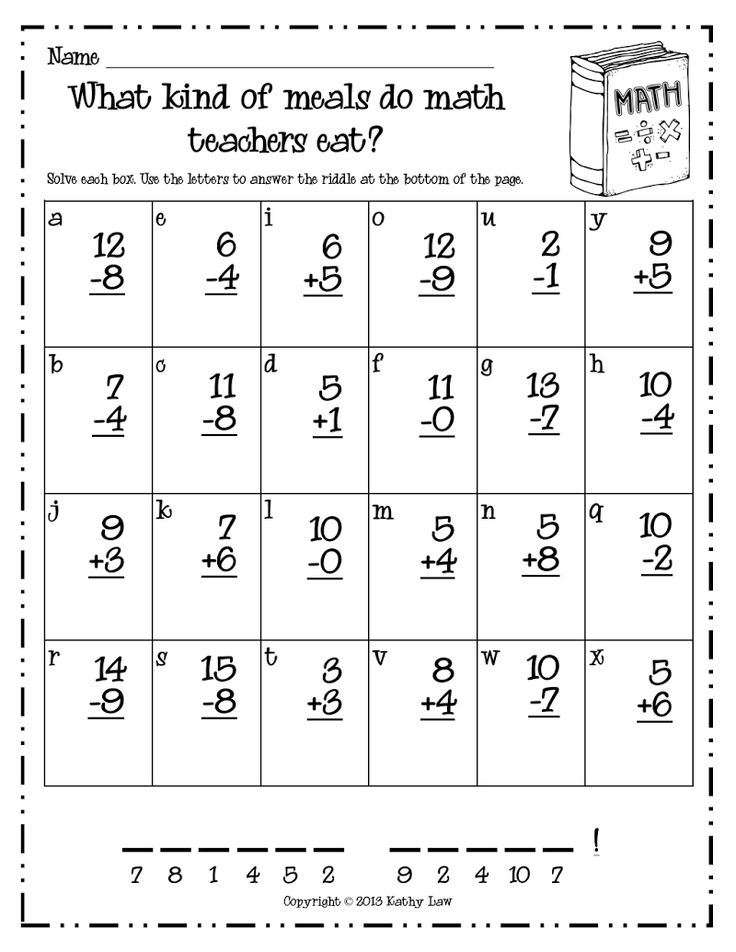 3-FZ “On police” (Article 46) and the Federal Law of 27 May 1998 No. 76-FZ "On the status military personnel” (Article 19), Federal Law of December 30, 2012 No. 283-FZ "On social guarantees of some federal executive bodies authorities and amending certain legislative acts of the Russian Federation” (Article 3).
3-FZ “On police” (Article 46) and the Federal Law of 27 May 1998 No. 76-FZ "On the status military personnel” (Article 19), Federal Law of December 30, 2012 No. 283-FZ "On social guarantees of some federal executive bodies authorities and amending certain legislative acts of the Russian Federation” (Article 3).
7. Enrollment of first-graders who have not reached the age of 6.6 years for September 1 of the current year and first-graders exceeding the age of 8 by September 1 of the current year is carried out on the basis of the permission of the director Department of Education of the Administration of the city of Omsk. BOU, Omsk.
Parents (legal representatives) of children must be presented to the Department of Education following documents:
- a photocopy of the child's birth certificate,
- certificate of the child's health,
- a memo from the head of the public educational institution in Omsk
Schedule for receiving documents TO from 30.